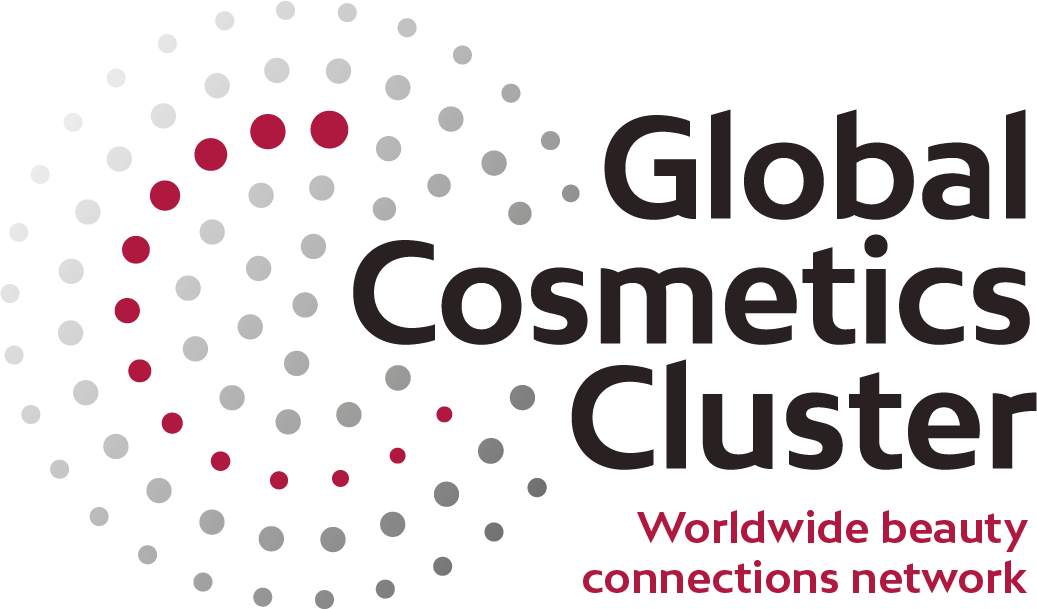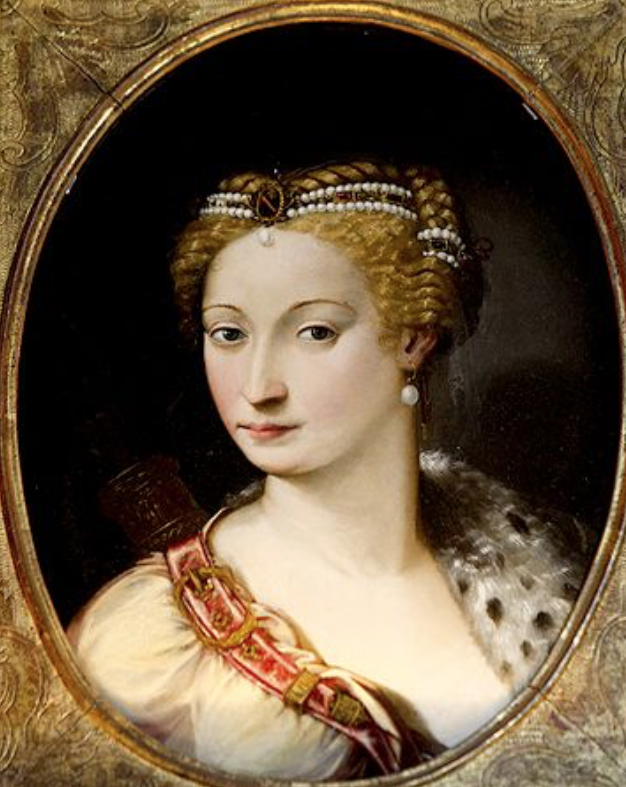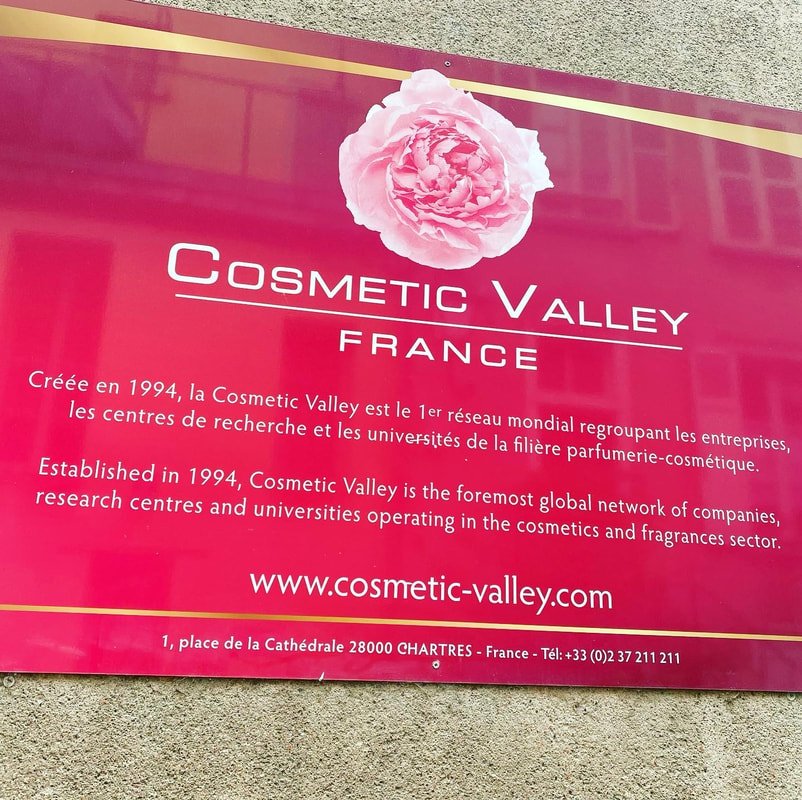The History Of The Heart Of The Cosmetic Industry – France
I have had a life long fascination with France and its history. Working with French Cosmetic Cluster, Cosmetic Valley on the Global Cosmetic Cluster allowed me to learn about the history of the industry. French cosmetics have a long and storied history that dates back centuries. From early perfumes and beauty treatments used by the aristocracy to the development of modern skincare products we know and love to this day. Recently the Cosmetic Valley announced a new campaign called FRANCE CARES FOR YOUR SKIN.
This new campaign is based around the notion of “care”. This is a long-term foundation that establishes the industry in a mission of common good, and that connects to the five founding pillars addressed by COSMETIC VALLEY in the book “Manifesto of the Cosmetics of the 21st Century [1]:
Universal utility
Human well-being
Responsibility towards the living
Freedom
Scientific progress
Let’s explore the history of cosmetics in France and learn about the amazing Cosmetic Valley.
The use of cosmetics in France dates back to the Middle Ages, when wealthy nobles would adorn themselves with fragrances made from various herbs and spices. These fragrances were often used to mask unpleasant odors, as bathing was not a common practice at the time.
By the 16th century, French perfumers had developed a reputation for creating some of the finest fragrances in the world. The creation of Eau de Cologne by the Italian perfumer Giovanni Maria Farina in 1709 further cemented France’s reputation as a leader in the perfume industry. [2]
Spotlight On A Famous French Beauty, Diane de Poitiers
Diane de Poitiers was a prominent figure in the French Renaissance during the 16th century. She was a noblewoman and a prominent courtier, who was well known for her beauty and her relationship with King Henry II of France.
Diane de Poitiers was famous for her elaborate beauty rituals, which she followed religiously to maintain her stunning appearance. Her beauty secrets included:
Bathing in a mix of oat bran and milk to soften her skin and add a radiant glow.
Using a rosewater and vinegar solution to cleanse her face and tighten her pores.
Applying a face mask made of egg whites and powdered alum to firm and tone her skin.
Using a blend of honey and almond oil to moisturize her face and prevent wrinkles.
Drinking a mixture of crushed pearls and vinegar to brighten her complexion.
Diane de Poitiers was known for her impeccable sense of style and her meticulous attention to her beauty routine. She was a trendsetter in her time and her beauty rituals continue to inspire modern-day beauty enthusiasts. [3]
The Rise of French Cosmetics
In the 18th and 19th centuries, French cosmetics began to gain popularity among the middle class. The rise of department stores in Paris made it easier for consumers to access a wide range of beauty products, and French brands like Guerlain and Coty began to emerge as leaders in the industry.
Guerlain began in Paris in 1828 when Pierre-Francois Pascal Guerlain opened his first perfume boutique on the Rue de Rivoli.
Pierre-Francois was a trained chemist and had spent several years studying perfumery before he opened his shop. He quickly made a name for himself as an expert in creating personalized fragrances for his clients. He was known for his attention to detail and his ability to create unique scents that perfectly captured the essence of his clients.
In 1853, Pierre-Francois passed away, and the business was taken over by his son, Aimé Guerlain. Under Aimé’s leadership, the company grew rapidly and became one of the most prestigious perfume houses in France. Aimé was responsible for creating many of Guerlain’s most famous fragrances, including Jicky, Shalimar, and Mitsouko.
The Guerlain family continued to run the business for several generations, with each new generation adding their own unique touch to the brand. In 1925, the company opened its flagship boutique on the Champs-Élysées in Paris. The boutique quickly became a popular destination for perfume enthusiasts and high society figures. [4]
Spotlight on Grasse, France
Grasse is a town in the south of France that has been famous for its fragrance industry for centuries. The history of Grasse as a center for perfume production dates back to the 16th century when local tanners used lavender to mask the smell of leather. The fragrance industry began to flourish in the 18th century, and Grasse became known as the “perfume capital of the world.”
Grasse’s favorable location, situated between the sea and the mountains, made it an ideal place to cultivate a wide range of fragrant flowers and plants, including jasmine, rose, and lavender. The town’s perfume industry reached its peak in the 19th century when it was the source of the world’s finest perfumes, such as Chanel No. 5 and Dior’s Miss Dior.The fragrance industry in Grasse faced challenges in the 20th century due to increased competition from synthetic fragrances and the rise of global trade. However, the town has remained an important center for perfume production, and today, many of the world’s most prestigious perfume houses still source their ingredients from Grasse.
To this day, Grasse is home to many artisanal perfumeries, and the town’s annual Fête de la Rose celebrates its fragrant heritage. The Musée International de la Parfumerie, located in Grasse, showcases the town’s rich history and its ongoing contribution to the world of fragrance. [5]
Examples Of French Floral Ingredients
Peonies are used in cosmetics for their skin-soothing and anti-inflammatory properties. The extract from peonies, known as Paeonia lactiflora, is commonly used in cosmetics and skincare products for its ability to calm and reduce redness in sensitive or irritated skin.
Peony extract is also rich in antioxidants, which can help protect the skin from free radical damage and prevent premature aging. It has been shown to have a brightening effect on the skin, making it a popular ingredient in products designed to address dark spots and uneven skin tone. Cosmetic Valley chose the Peony as its symbol. It is also a symbol of beauty in Asia.
Iris is typically used in the form of iris essential oil, iris root extract, or iris florentina extract. Iris contains antioxidants that help protect the skin from damage caused by free radicals. This makes it an excellent ingredient for anti-aging products that aim to reduce the appearance of fine lines, wrinkles, and age spots. Iris has a sweet and floral scent that is often used in perfumes and other fragranced cosmetic products. This flower was used in the time of Louis XIV of France as dry shampoo. The dried rhizomes were grounded in a powder that absorbed the grease on blonde hair. The powder was also used to whiten teeth. [6] The Iris and not the Lily is thought to be the inspiration behind the Fleur-de-lis, a well known symbol of France.
Tuberose is a fragrant flower that is commonly used in the cosmetic industry due to its sweet and intoxicating scent. It is typically used in the form of tuberose absolute or tuberose oil, which is derived from the flowers of the plant. Tuberose is primarily used as a fragrance ingredient in perfumes, body sprays, and other scented products. Its sweet, floral scent is often used in high-end perfumes due to its luxurious and captivating aroma. Tuberose is widely associated with the French city of Grasse. [6]Démarquez-vous
The Modern Era
In the 20th century, French cosmetics continued to evolve and adapt to changing consumer preferences. In the 1920’s, the iconic French brand Chanel launched its first fragrance the now-famous Chanel No. 5 perfume. [7]
In the 1970s and 1980s, French cosmetics brands like L’Oreal and Yves Saint Laurent became household names, thanks in part to their aggressive marketing campaigns and innovative product offerings. These brands continue to be major players in the beauty industry today, with a wide range of skincare, makeup, and hair care products available to consumers around the world.
French cosmetics have a rich history that spans centuries. From the early use of fragrances by the nobility to the rise of modern skincare products, French brands have played an important role in shaping the beauty industry as we know it today. Whether you’re a fan of classic fragrances or cutting-edge skincare innovations, there’s no denying the enduring appeal of French cosmetics.
The Cosmetic Valley is the Cluster for the French Cosmetic Industry. This is one of the best clusters in the world. Cosmetic Valley is located in the heart of the Loire, in the town of Chartres. Chartres was known for its perfumes as far back as the 17th century. However, it wasn’t until the 20th century that the region began to emerge as a major center of the beauty industry.
The Birth of the Cosmetic Valley
In the 1990s, under the guidance of visionary Jean-Luc Ansel, a group of fragrance and cosmetic companies came together to form a Cluster. Jean-Paul Guerlain agreed to take the presidency. In 1996 the name “Cosmetic Valley France” was born. The association decided to support its SMEs in major exports by organizing a collective pavilion at the Hong Kong trade show. The links were strengthened between business leaders who then become aware of the unique nature of the approach: a sort of Silicon Valley of the beauty industry! [8]
Over the years, the Cosmetic Valley has grown to include more than 400 companies, ranging from large multinational corporations to small, family-owned businesses. The region is now responsible for producing a significant percentage of the world’s fragrances and cosmetic products.
The Growth of the Beauty Industry
The success of the Cosmetic Valley can be attributed in part to the growth of the beauty industry as a whole. As more and more consumers began to prioritize personal care and grooming, demand for beauty products increased. The region’s location, with easy access to Paris and other major cities, made it an ideal location for beauty companies looking to expand.
Today, the Cosmetic Valley remains a hub of innovation and creativity in the beauty industry. The region is home to numerous research centers and laboratories, where scientists and technicians work to develop new products and techniques. Companies based in the Cosmetic Valley are known for their commitment to quality and sustainability, and the region has become a symbol of excellence in the beauty industry worldwide.
The history of the Cosmetic Valley is a testament to the power of collaboration and innovation. By coming together to promote their products and support one another, the beauty companies based in the region have been able to thrive and grow. Today, the Cosmetic Valley is a symbol of excellence in the beauty industry and a source of inspiration for companies and entrepreneurs around the world. Cosmetic Valley set up the Global Cosmetic Cluster Network to help bring the Cluster spirit around the world. It is an honour to be part of the Global Cosmetic Cluster. One of our goals is to promote the Clusters and the spirit of collaborative innovation. Our next feature will be about the world of Cosmetic clusters.
Resources
1. https://www.cosmetic-valley.com/en/action/new-international-claim-french-industry
2. https://www.stocksmetic.com/us/blog/famous-noses-giovanni-maria-farina-colonia-water/
3. Goldstone, N. (2015). The Rival Queens. Little, Brown.
4. https://davelackie.com/the-house-of-guerlain-five-generations-of-fragrance-and-beauty/
5. Jones, Geoffrey, Beauty Imagined: A History of the Global Beauty Industry. Oxford, 2011.
6. Ansel, J.L. (2021). Carnet de route de la Cosmétopée. Cosmetic Valley Editions.
7. https://www.chanel.com/us/about-chanel/the-history/1920/
8.https://www.cosmetic-valley.com/en/basic-page/history
April 13th, 2023 | News






